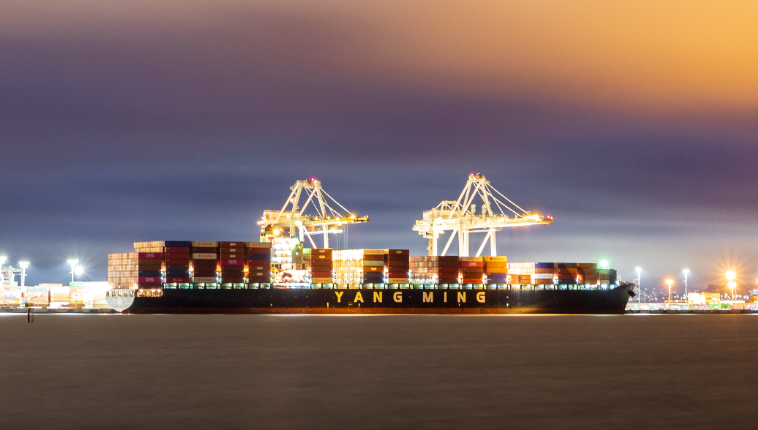2021年,全球海运需求飙升,运价高涨、拥堵严重,用于海运运输的集装箱也成了紧俏货,一时间“一箱难求”。然而,两年后,海运需求进入低点,运价跌回疫情前水平,全球运力和集装箱均严重过剩。据相关数据显示,当前全球集装箱规模超过5000万标准箱,集装箱过剩比例超过10%,在全球各大港口,空集装箱堆积如山。

全球第五大班轮公司赫伯罗特首席执行官曾表示,尽管当前集装箱运费继续下行,但随着补库存需求的增加,商品和运输服务的订单量将再次回升。他预计回暖或将在3月或6月发生。因为航运公司发现他们目前的船队足以应对疲软的海运业,并希望卸载旧箱子,集装箱租赁公司表示。
在美国洛杉矶港,空箱堆积情况更为严峻。CAx指数显示,2023年前10周,洛杉矶40英尺集装箱CAx的数值维持在0.78以上,最高时达到了0.83。而在去年的前十周,这一数值最高达0.91。另外,北欧的安特卫普港等也在0.8以上,意味着欧美消费地港口空箱堆积情况超过国内水平。
港口拥堵情况自去年以来逐步缓解,空箱周转率提升,也加剧了集装箱过剩的现象。尽管一些航运公司在今年下半年预期的需求回升之前保留了备用集装箱运力,但大多数航运公司发现他们不再需要他们在历史上拥有的集装箱数量,两年的需求激增。
Textainer首席执行官Olivier Ghesquiere表示,“我认为这是我们行业的一个非常基本的方面,供需往往会很快调整,保留额外的集装箱不会损害海运承运人的中短期底线,但这也意味着对新订单的需求几乎停滞不前,可能会使许多箱式工厂在2023年第一季度关闭。我们肯定会看到没有新集装箱被添加到船队的情况,因为生产新集装箱的交货时间太短了。”
在过去两年是集装箱租赁行业的“关键增长时期”,Textainer利用这段时间扩大了其固定利率融资的长期租赁合同的核心船,尽管Textainer第四季度2.03亿美元的租赁收入较第三季度下滑1%,但全年8.1亿美元的租赁收入同比增长8%。
Ghesquiere“虽然第四季度零售市场出现了备受期待的正常化,但一些发展表明,可预测性有所恢复,我们乐观地认为,随着我们进入2023年,集装箱租赁市场现在显示出多种积极的稳定迹象。”这些租赁公司在 2022 年实现了创纪录的收入,并将在 2023 年上半年保持 Textainer 的弹性,尽管市场回落。
货代网